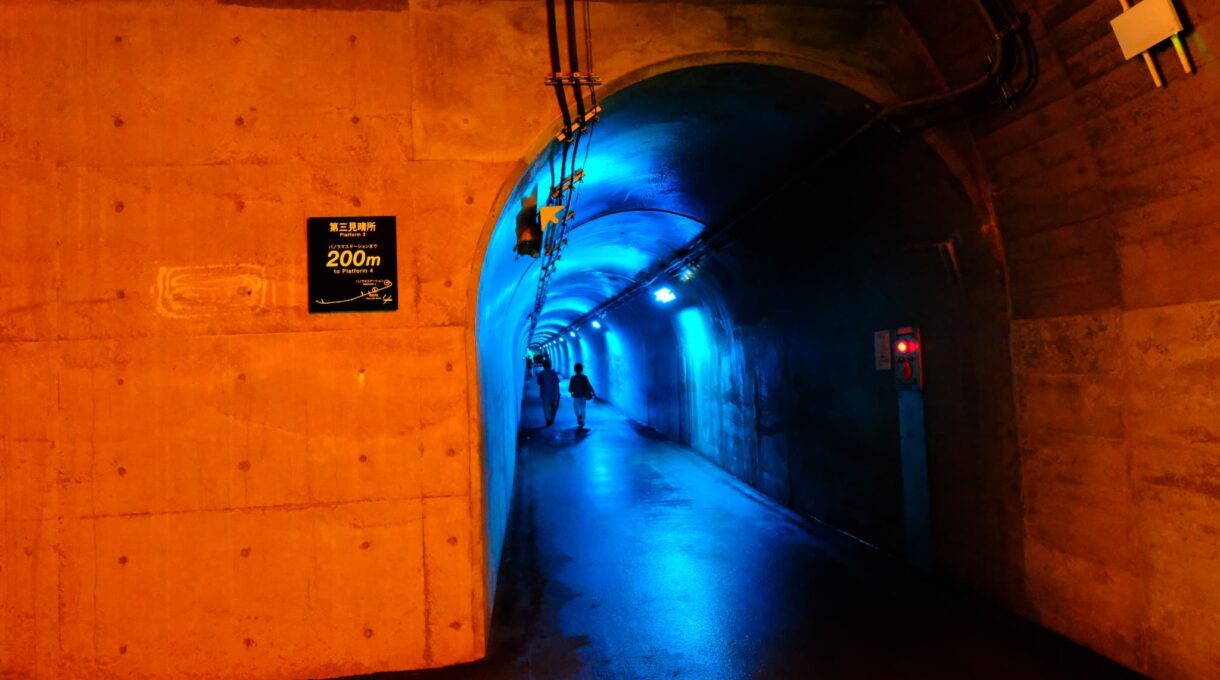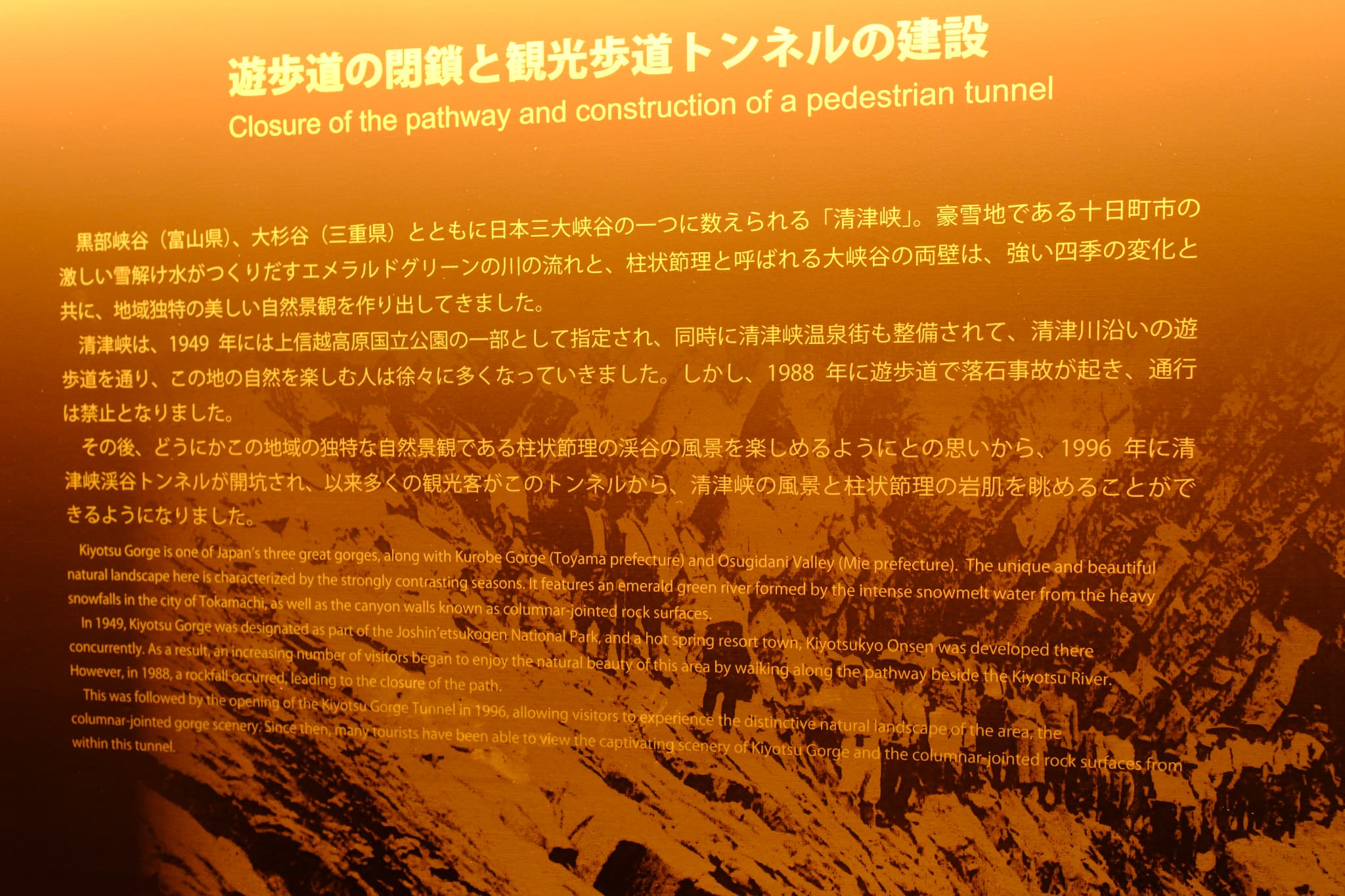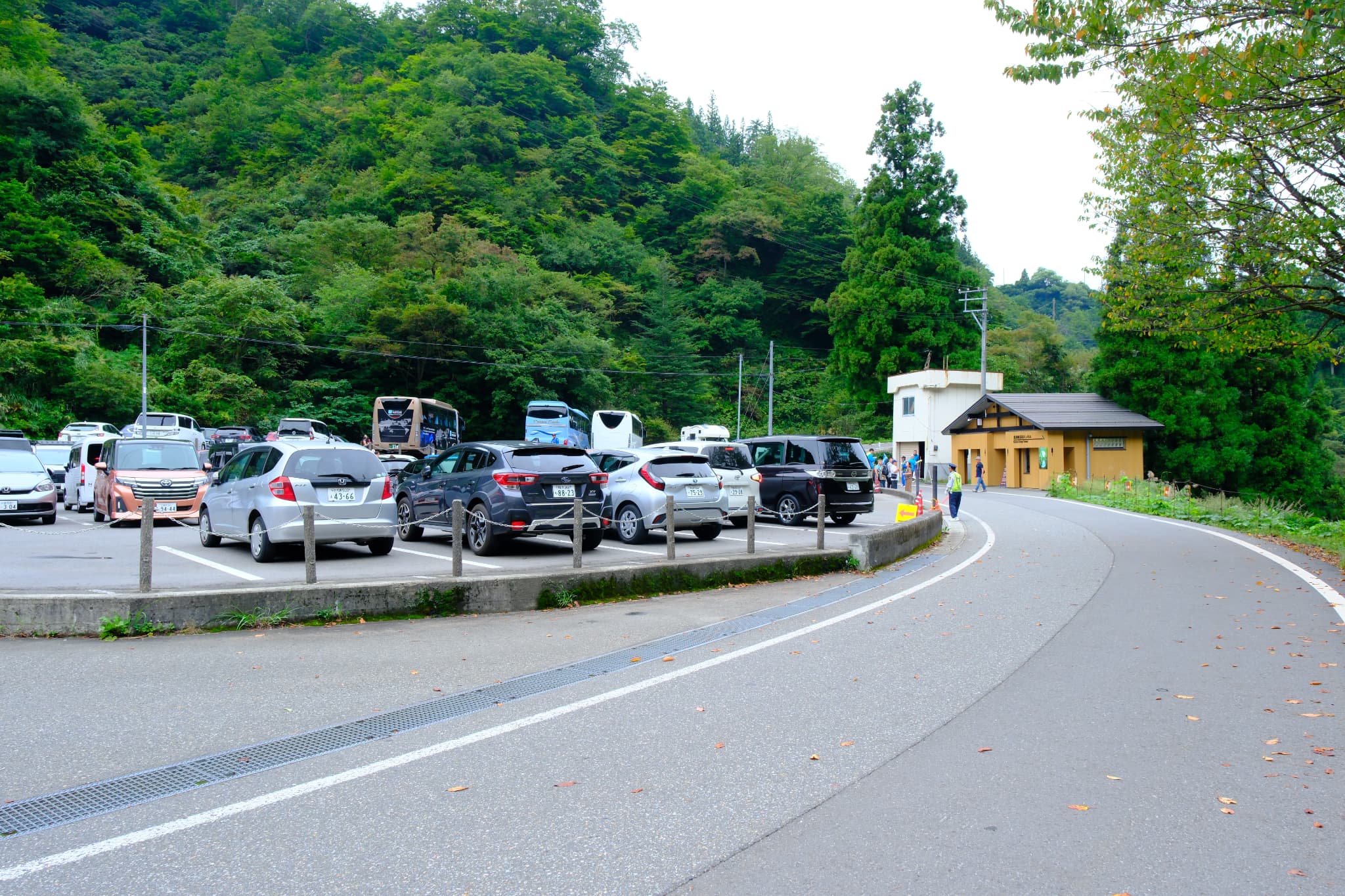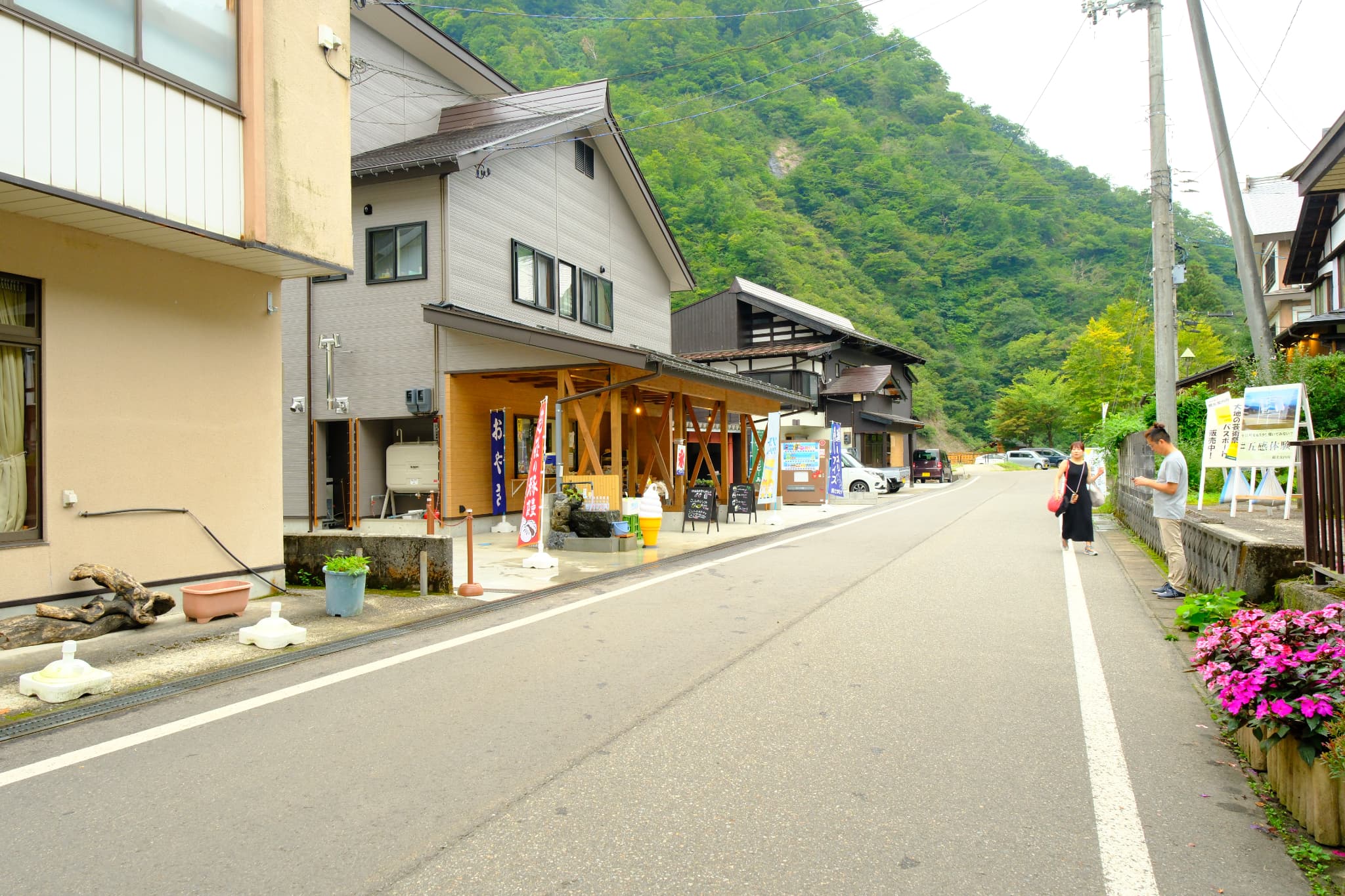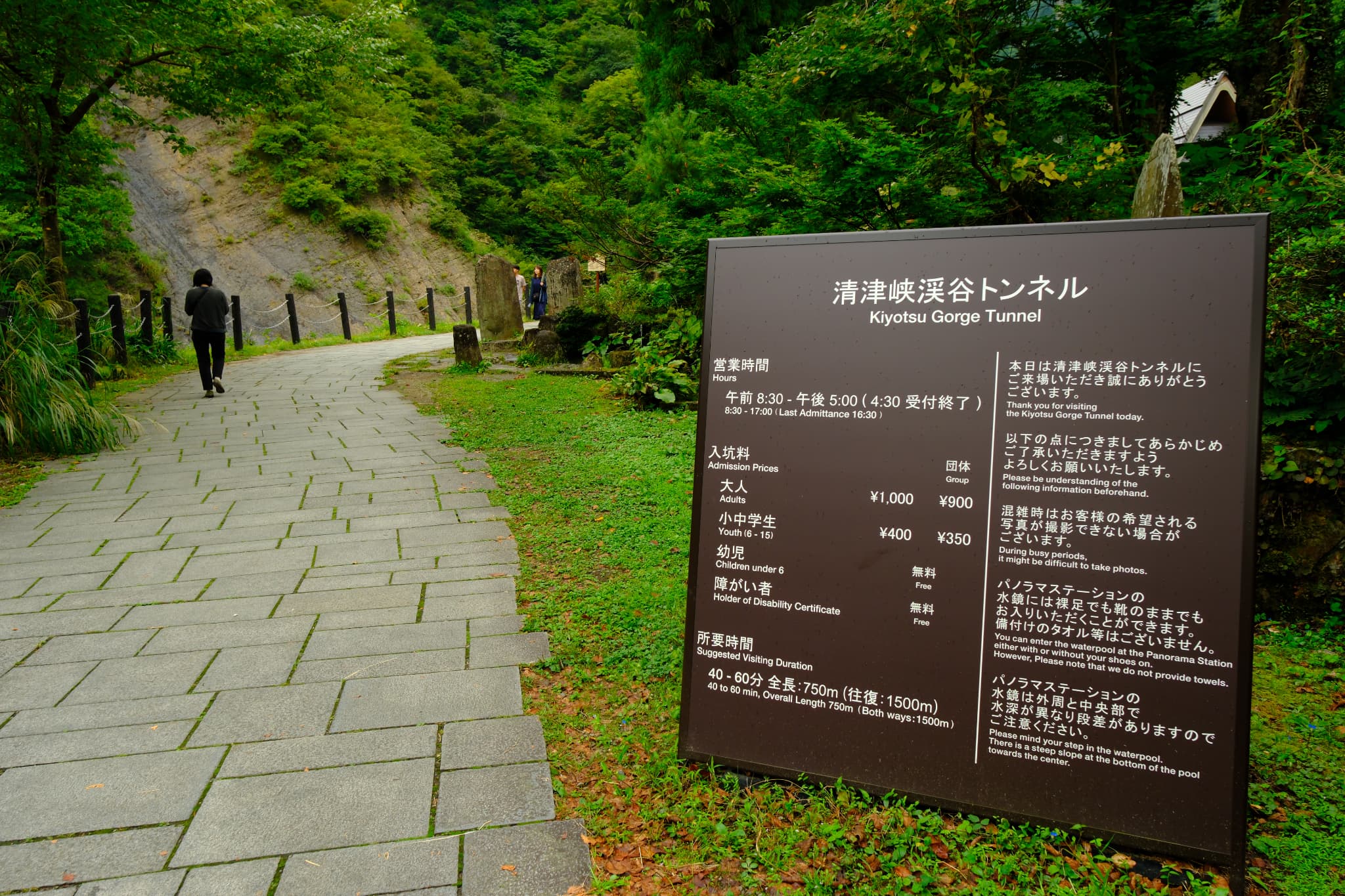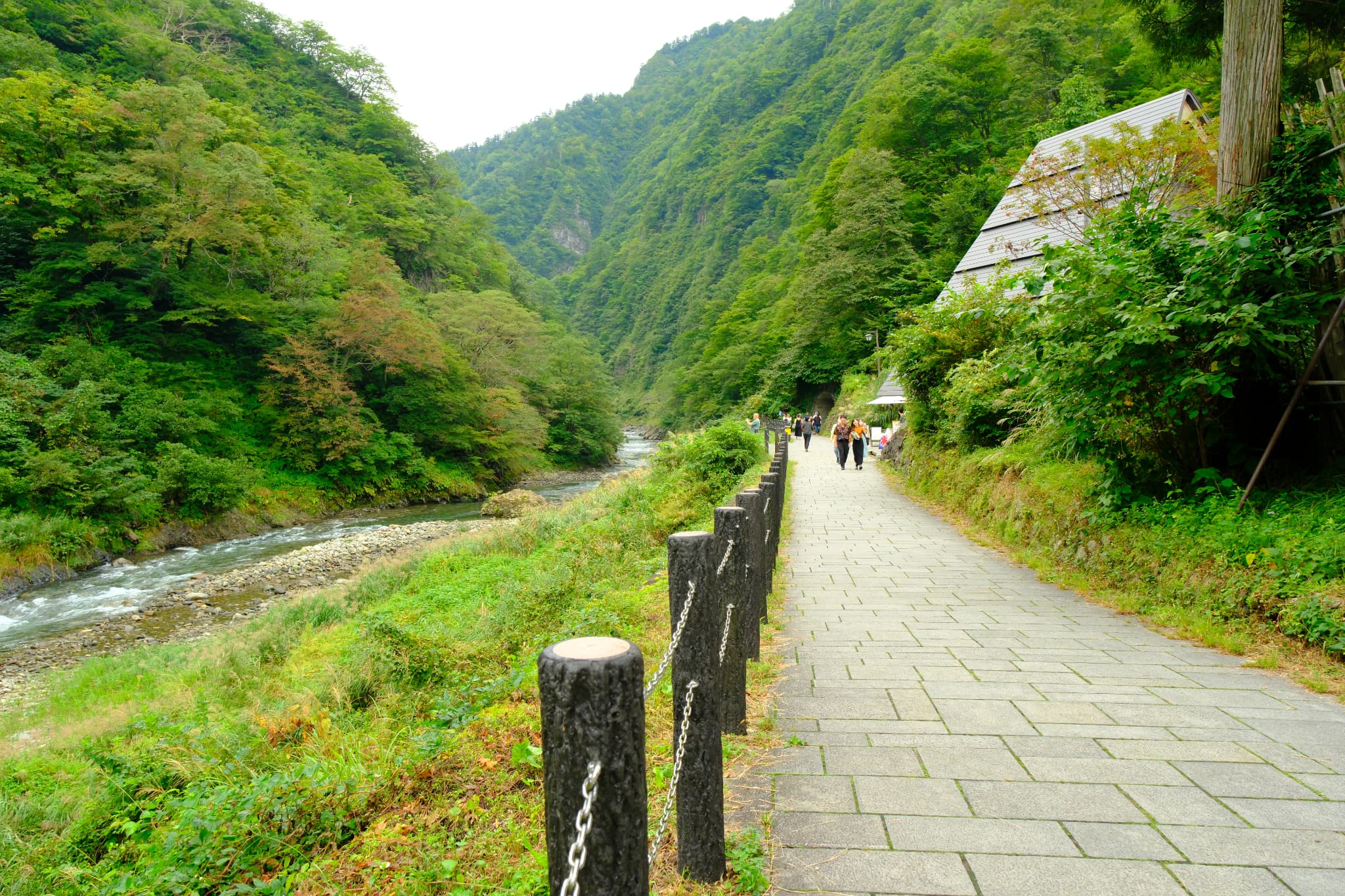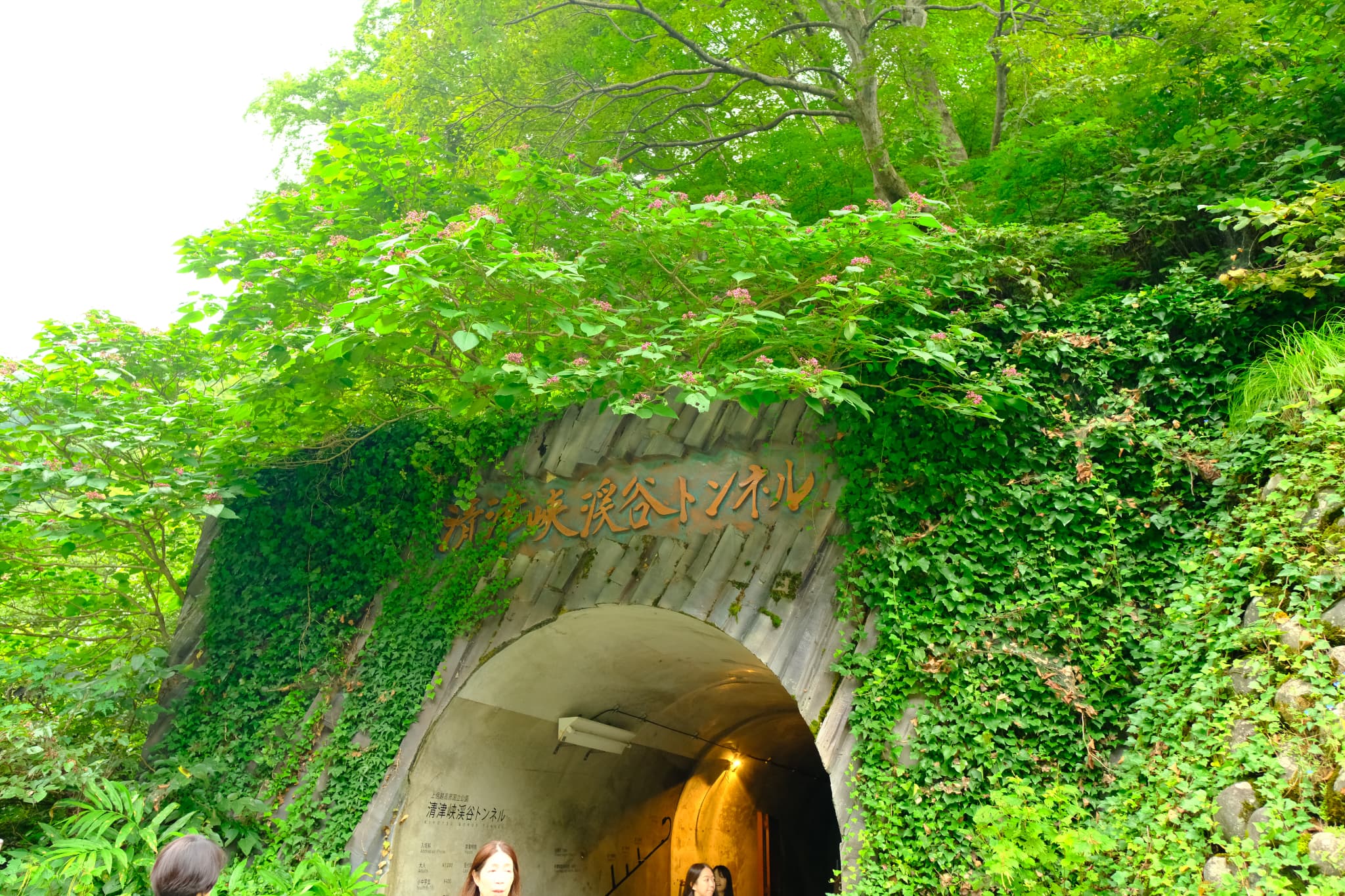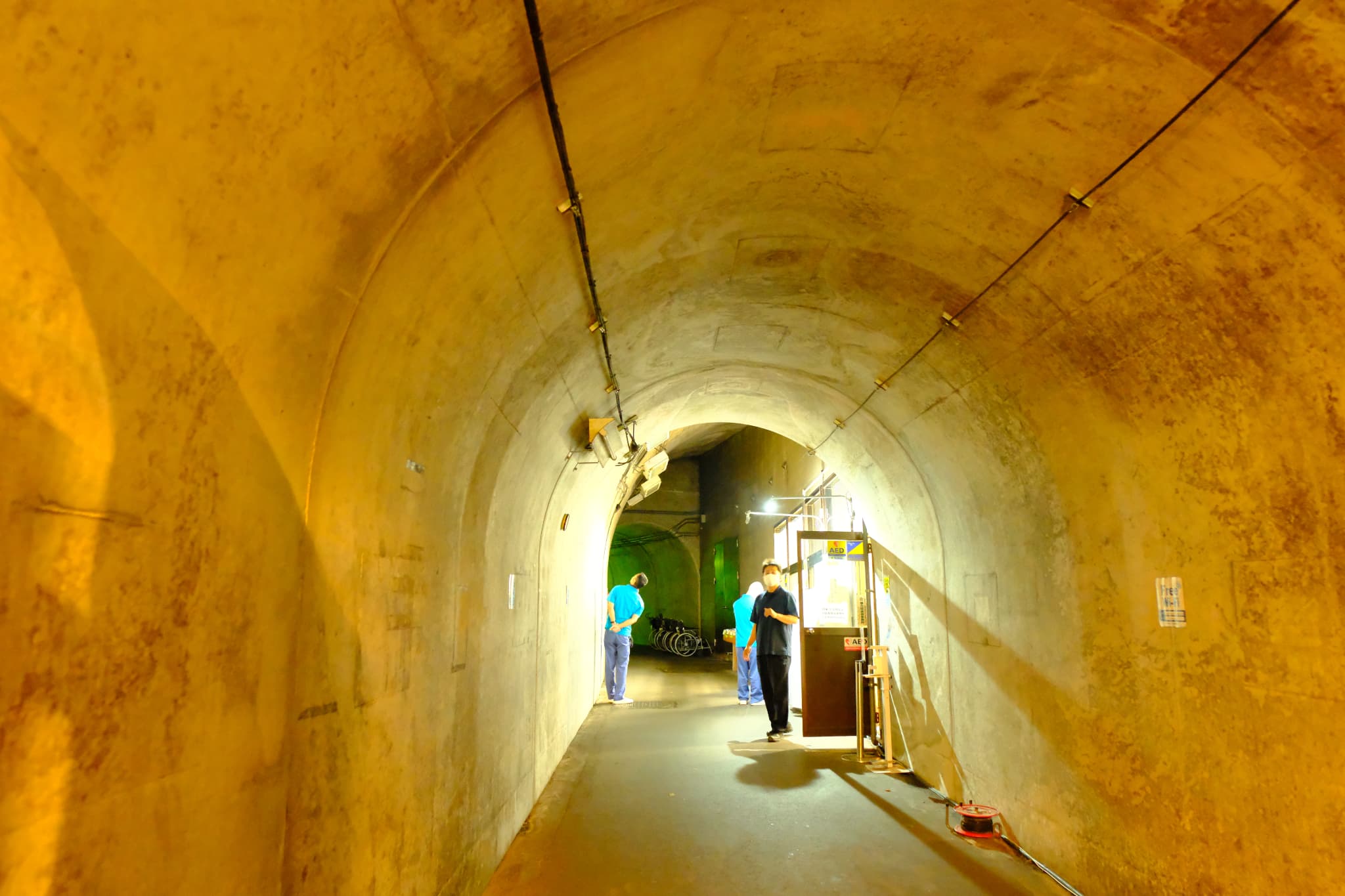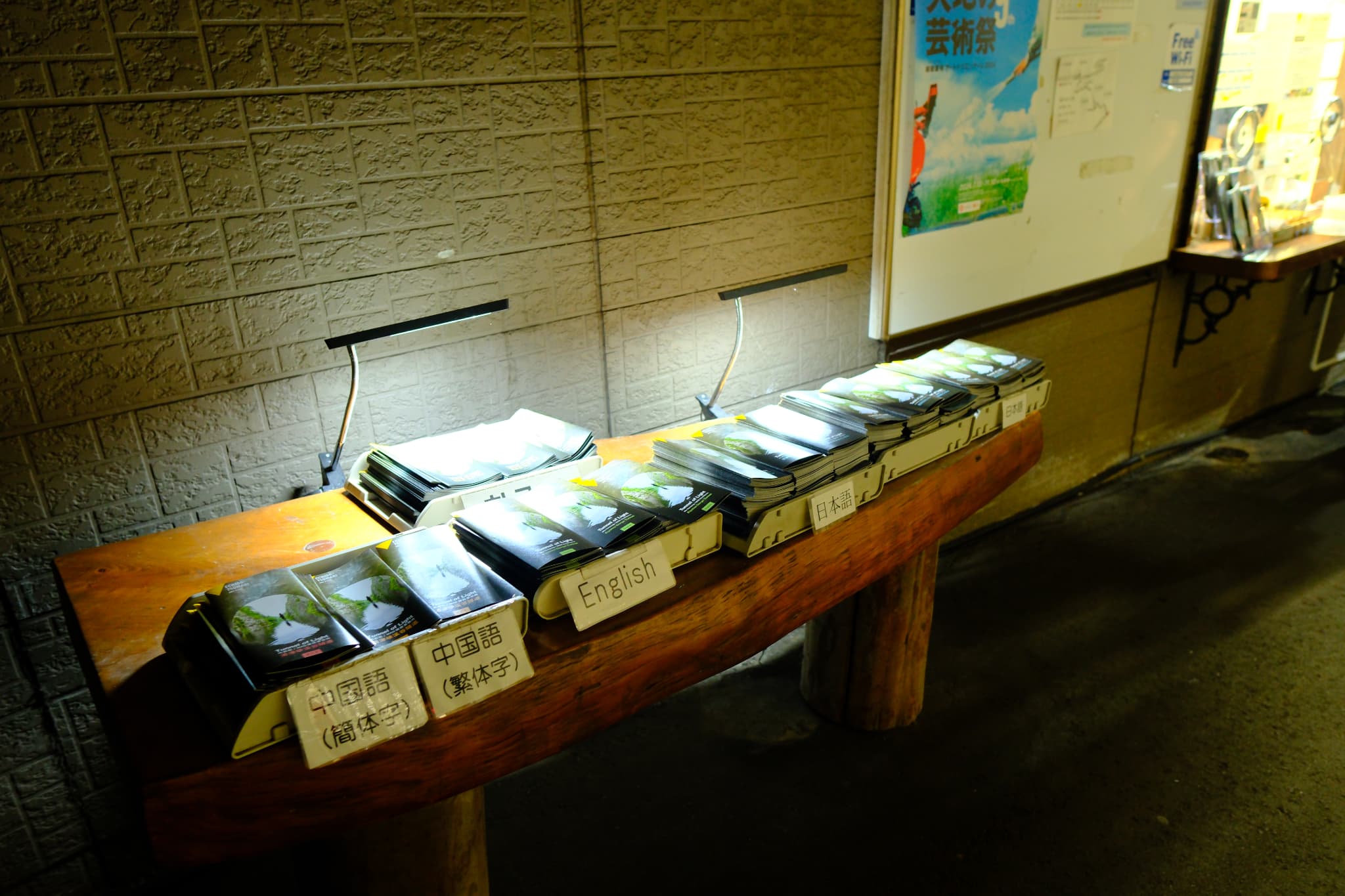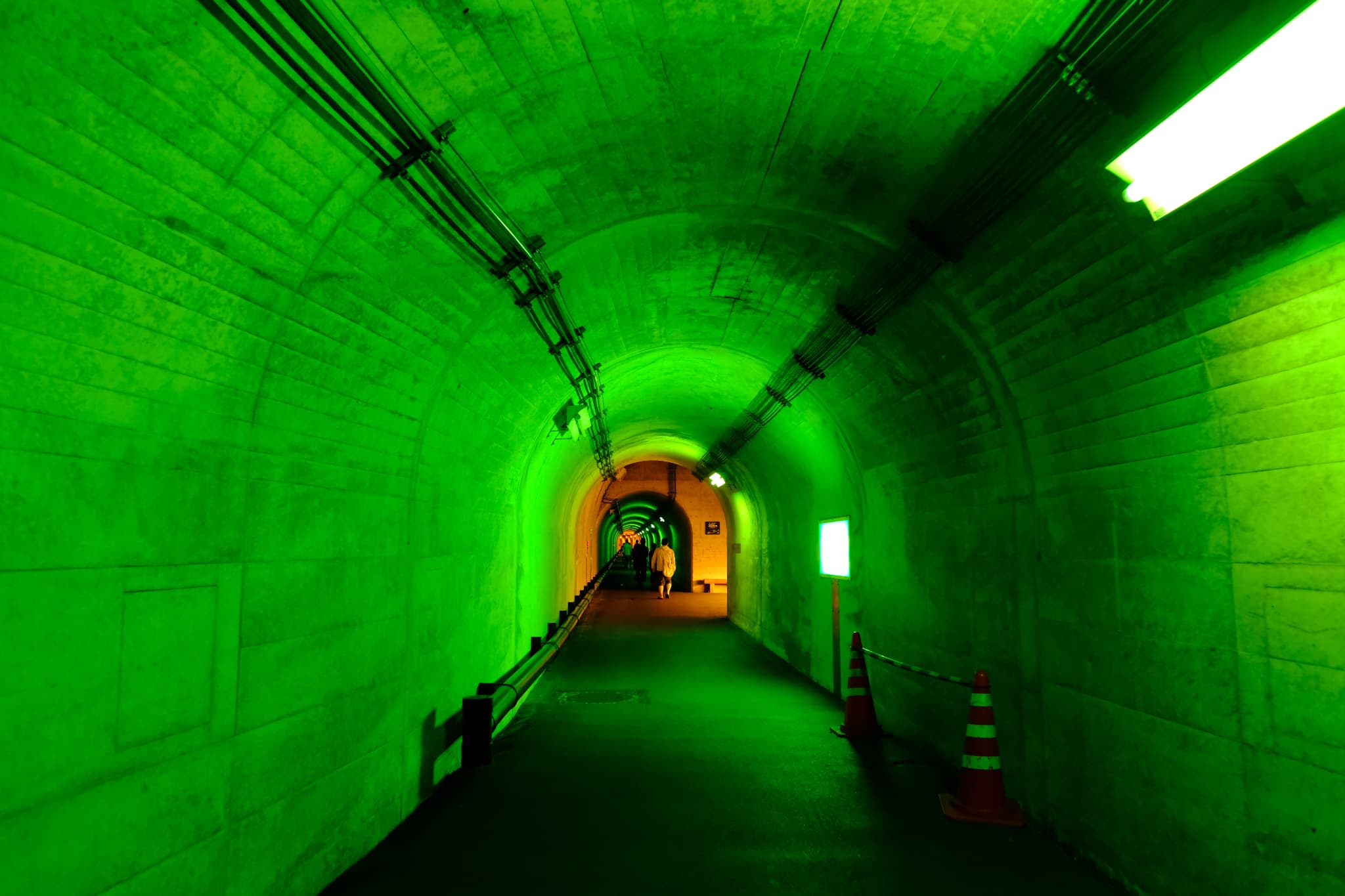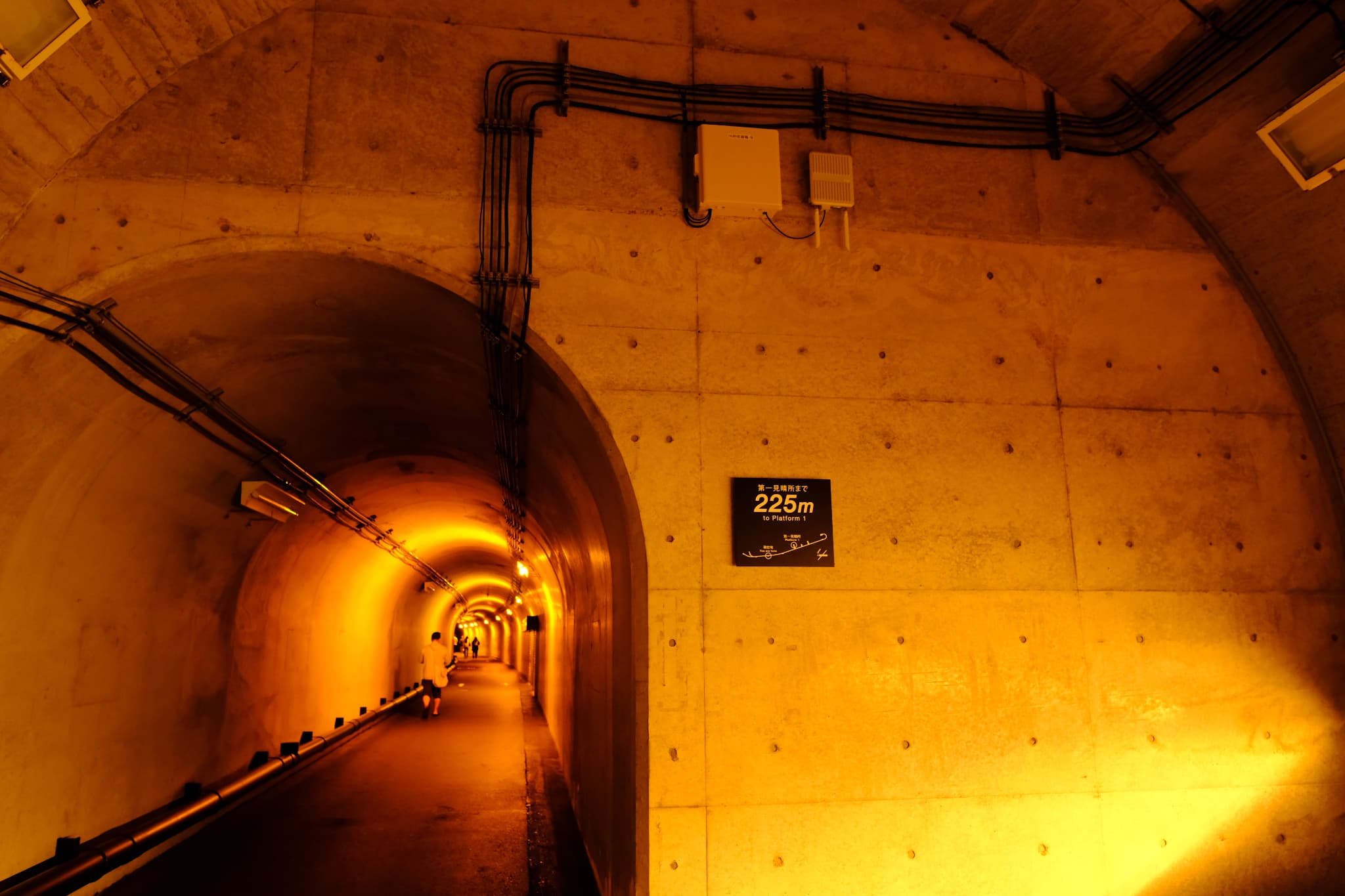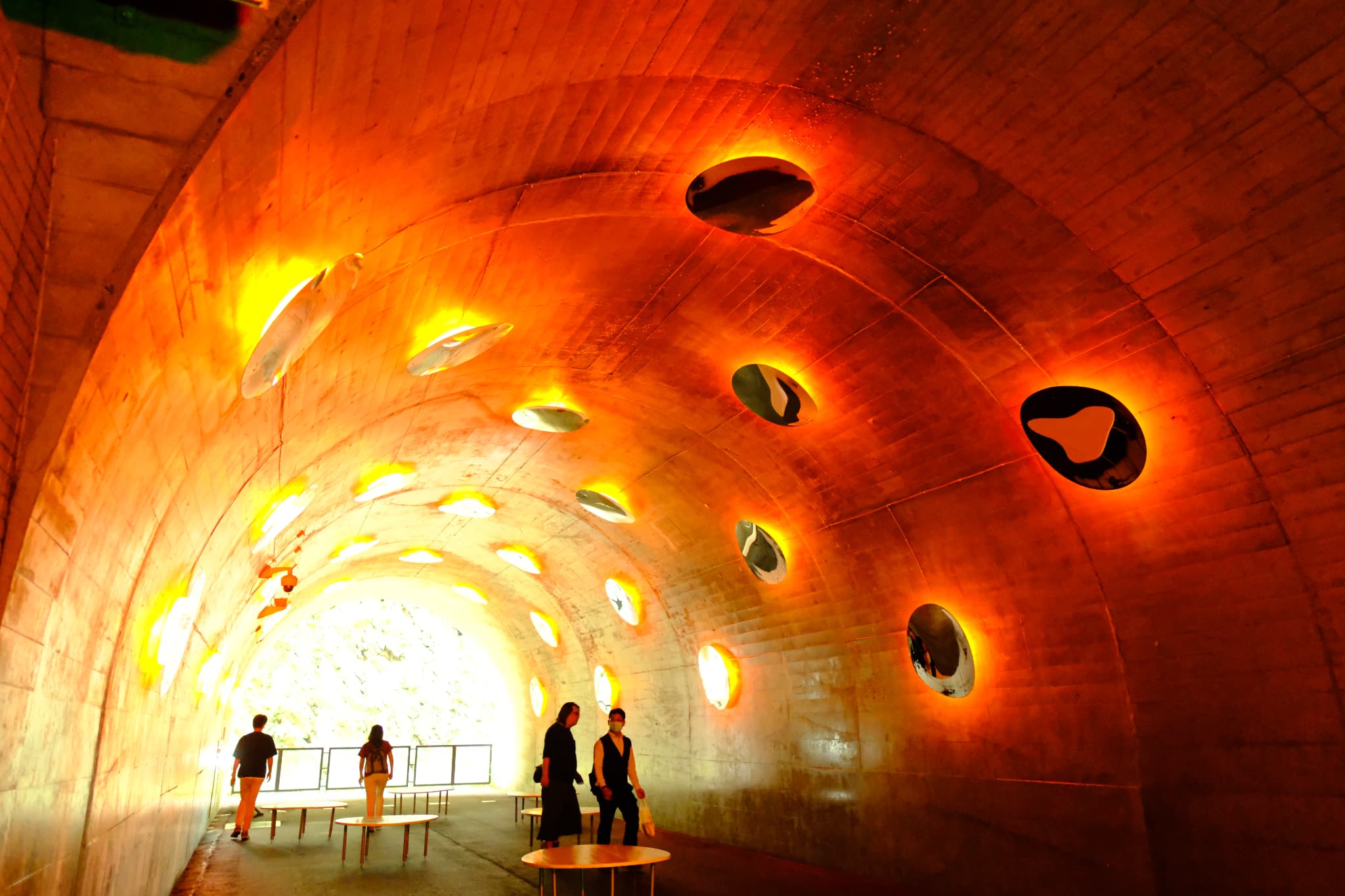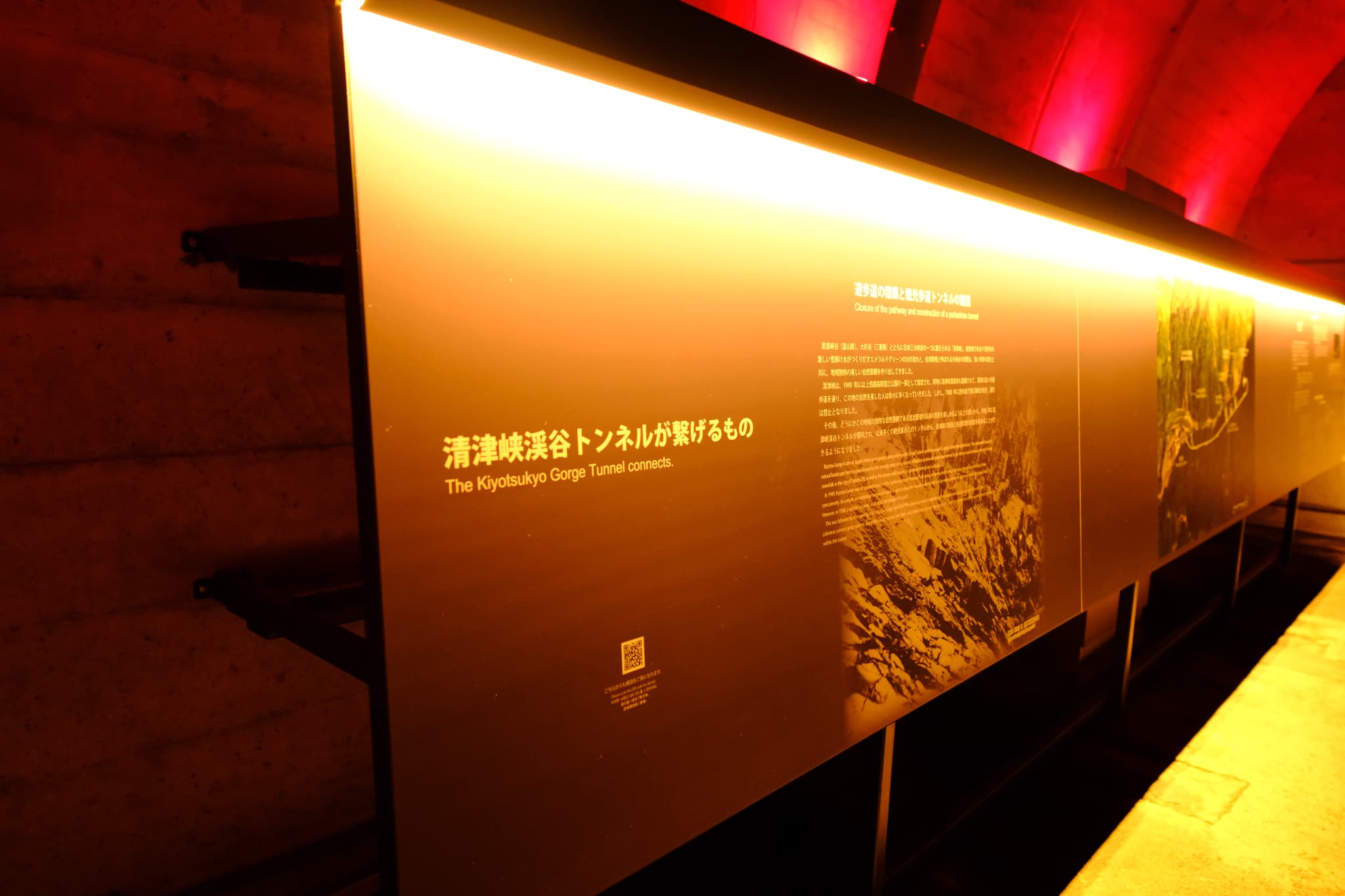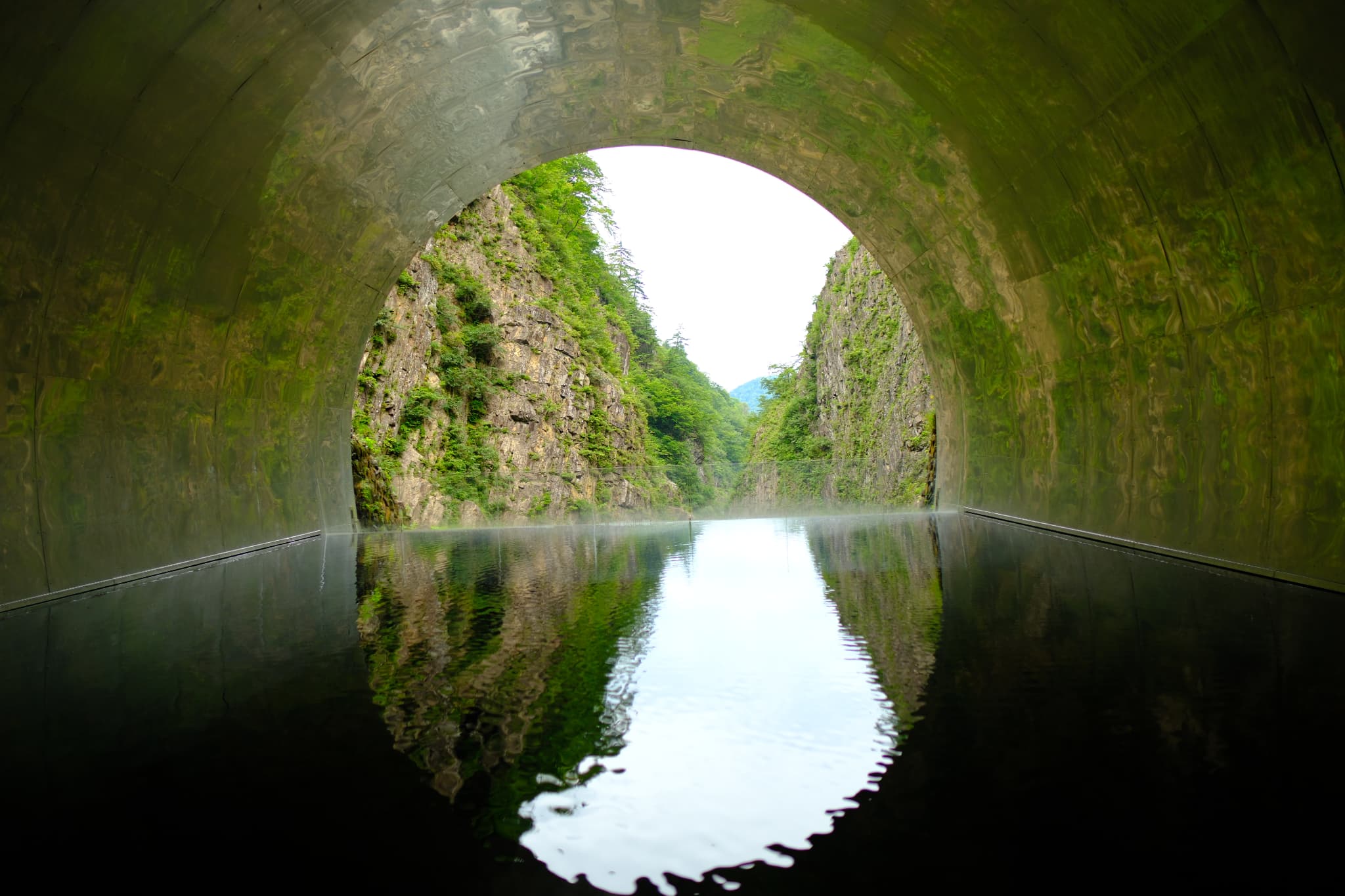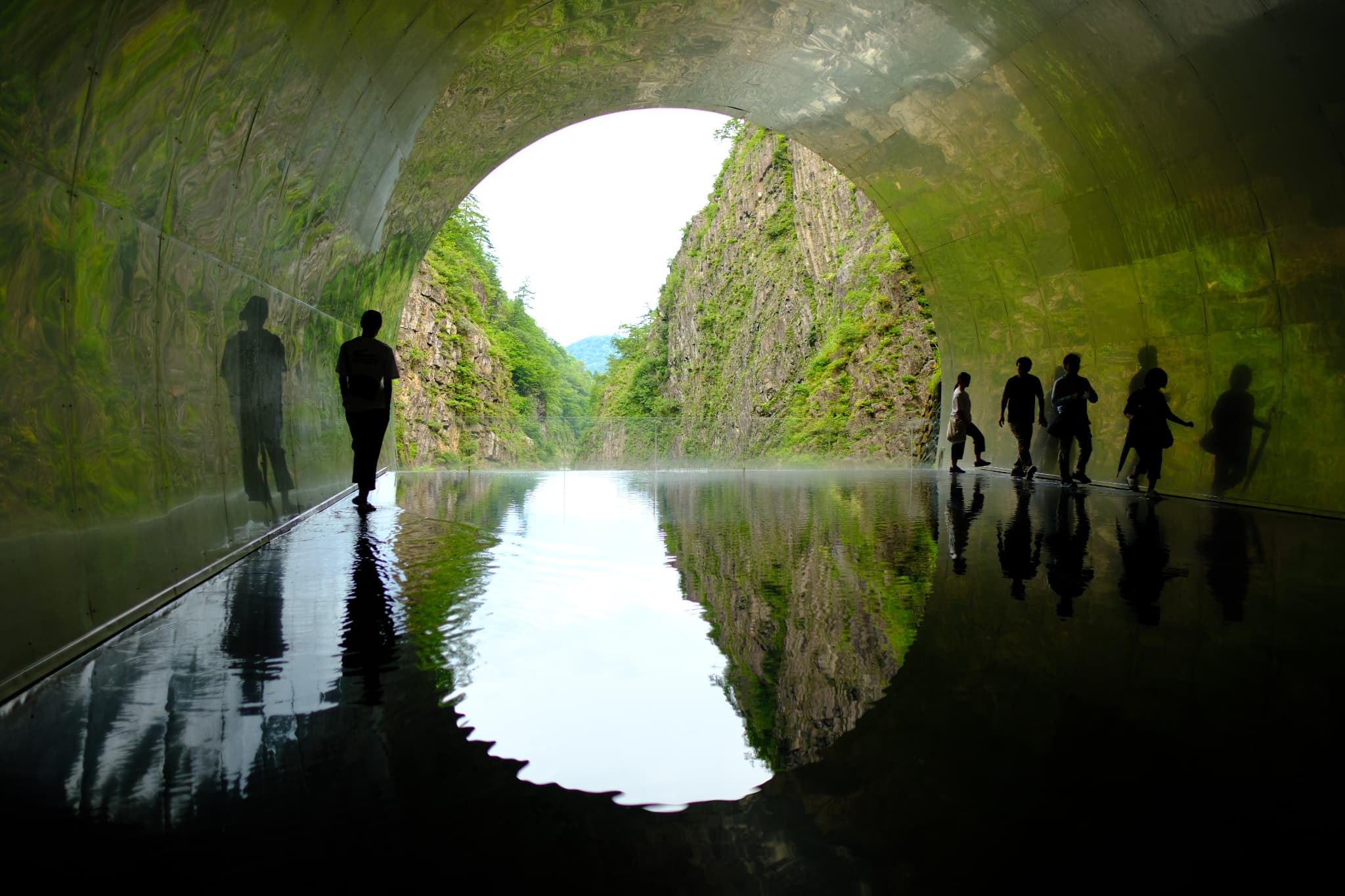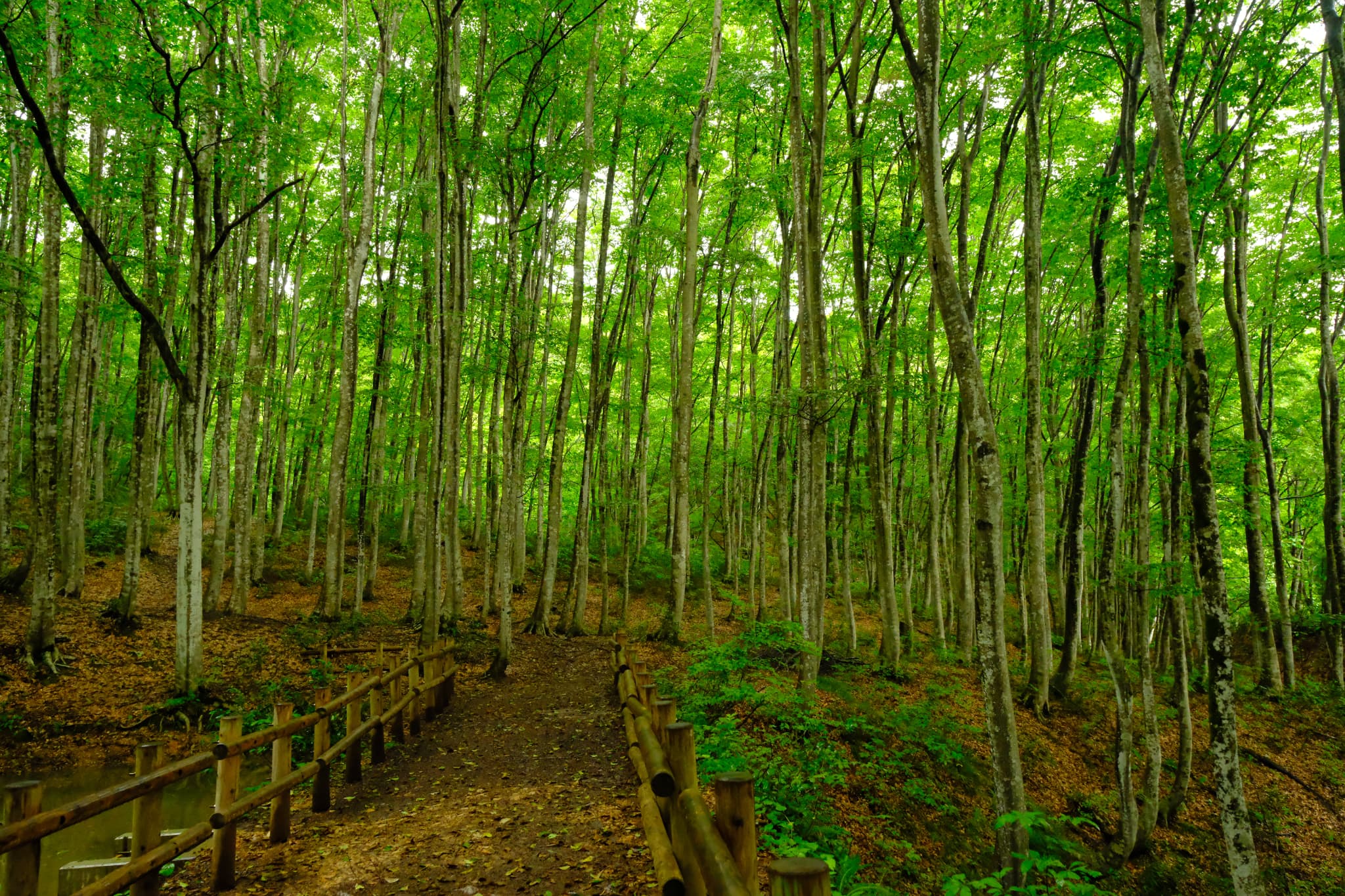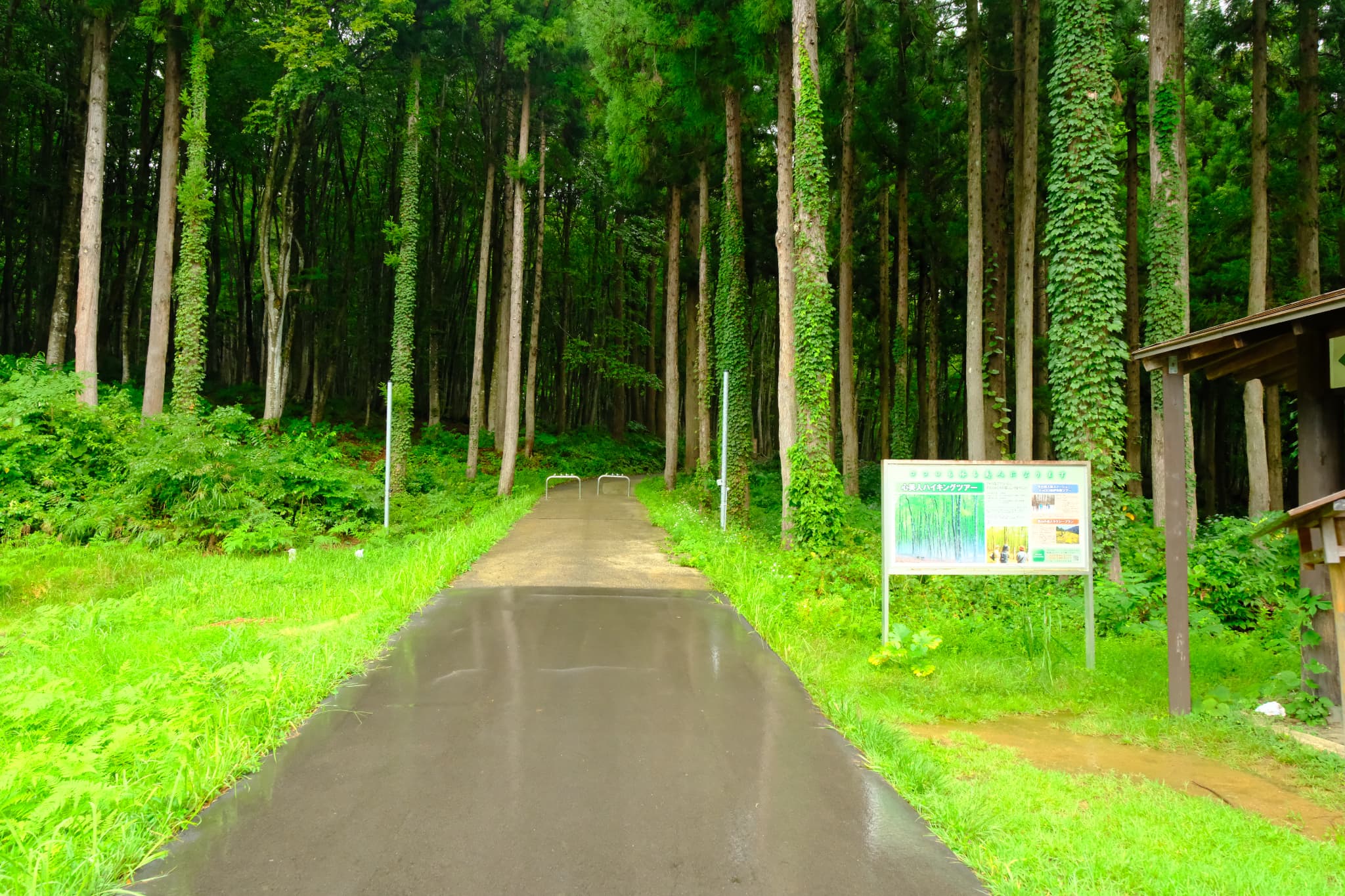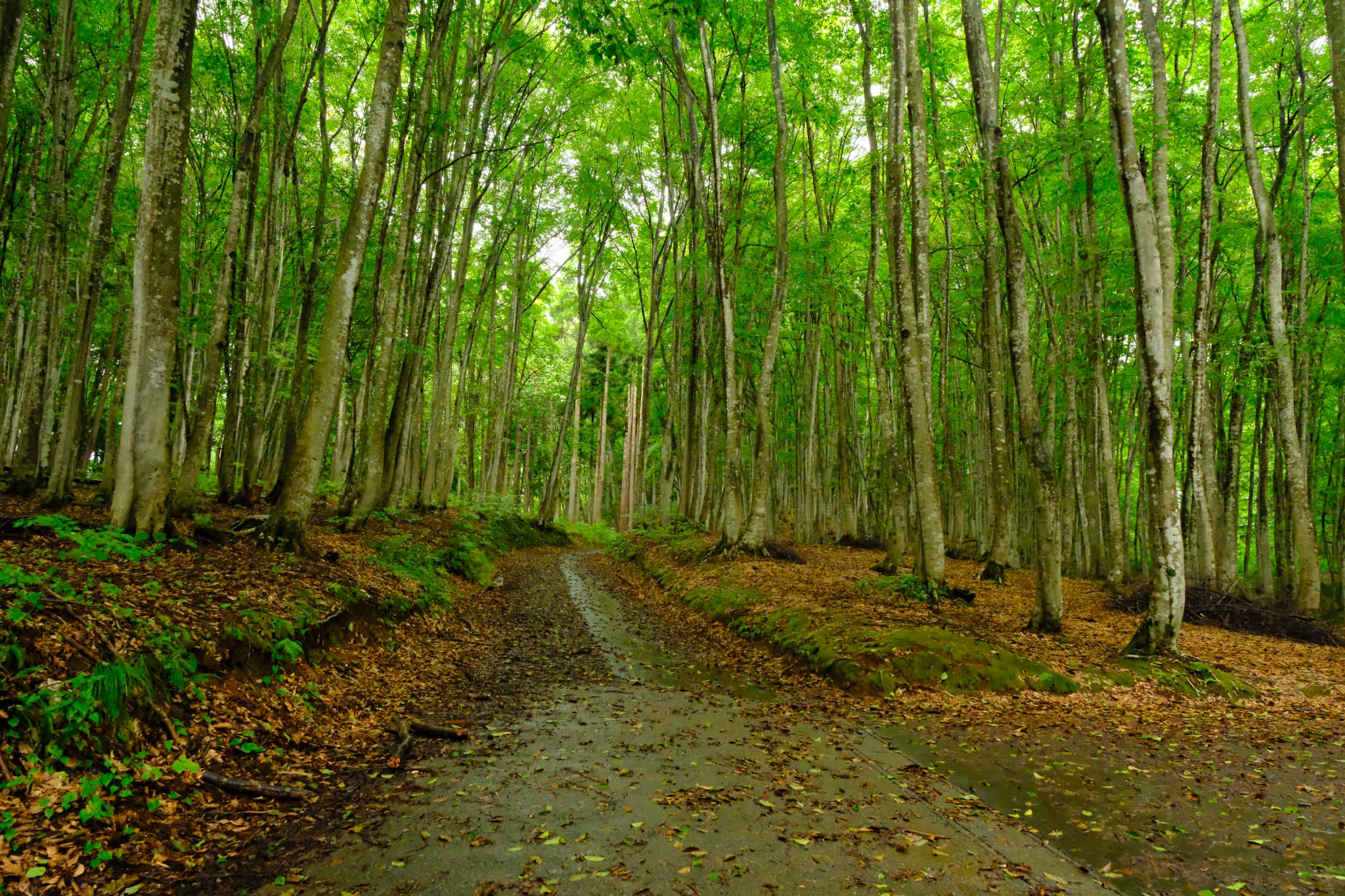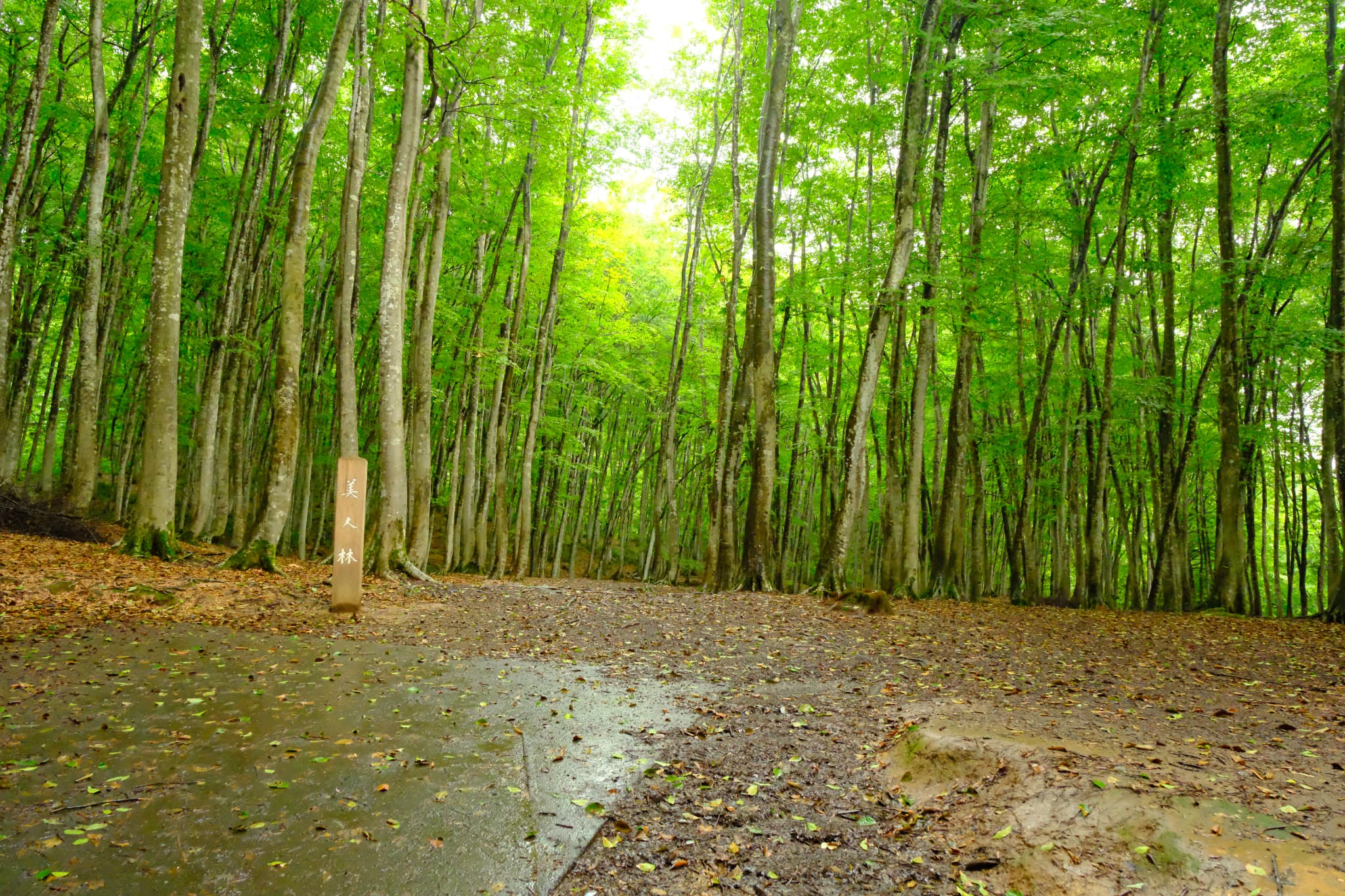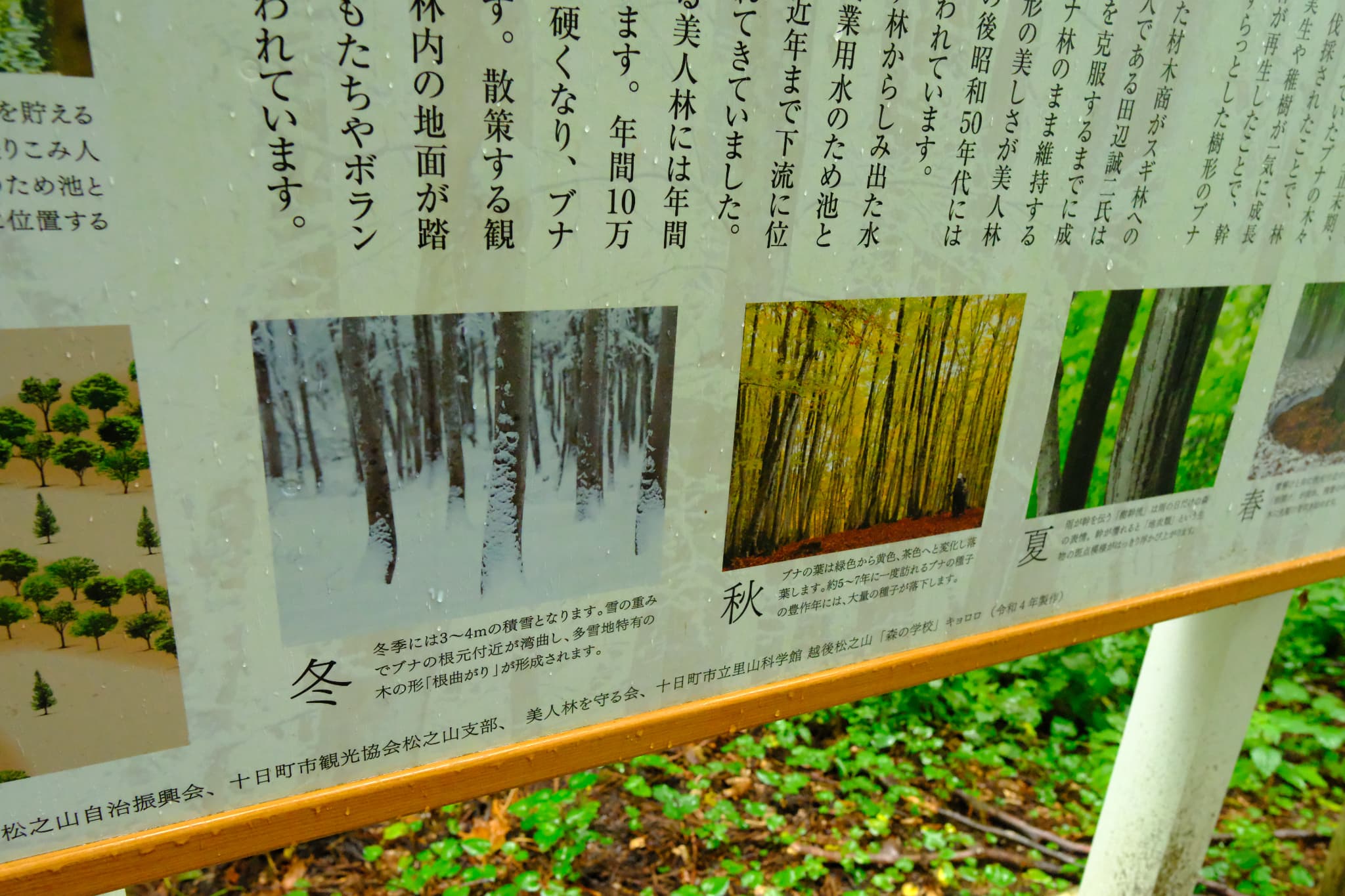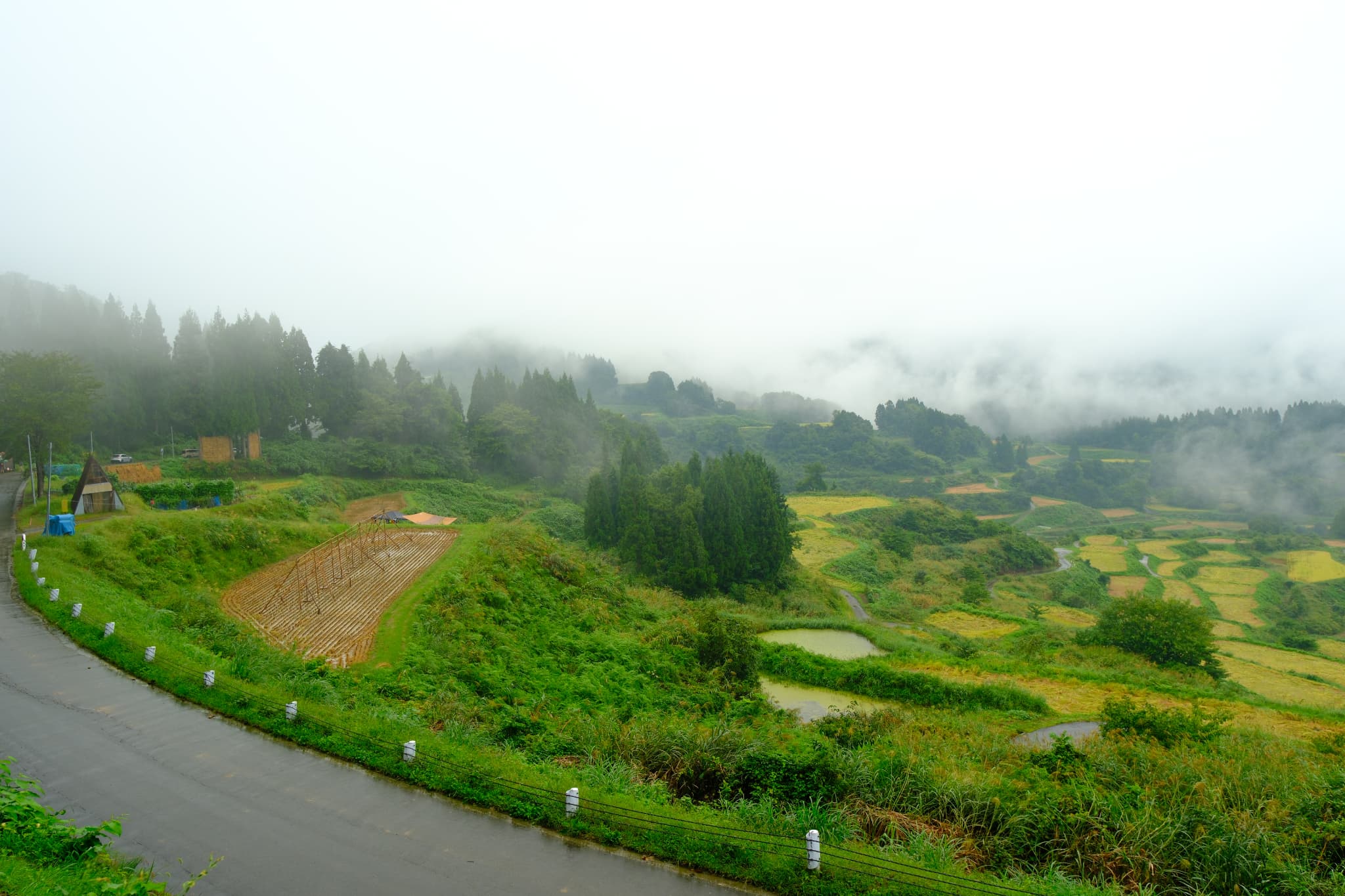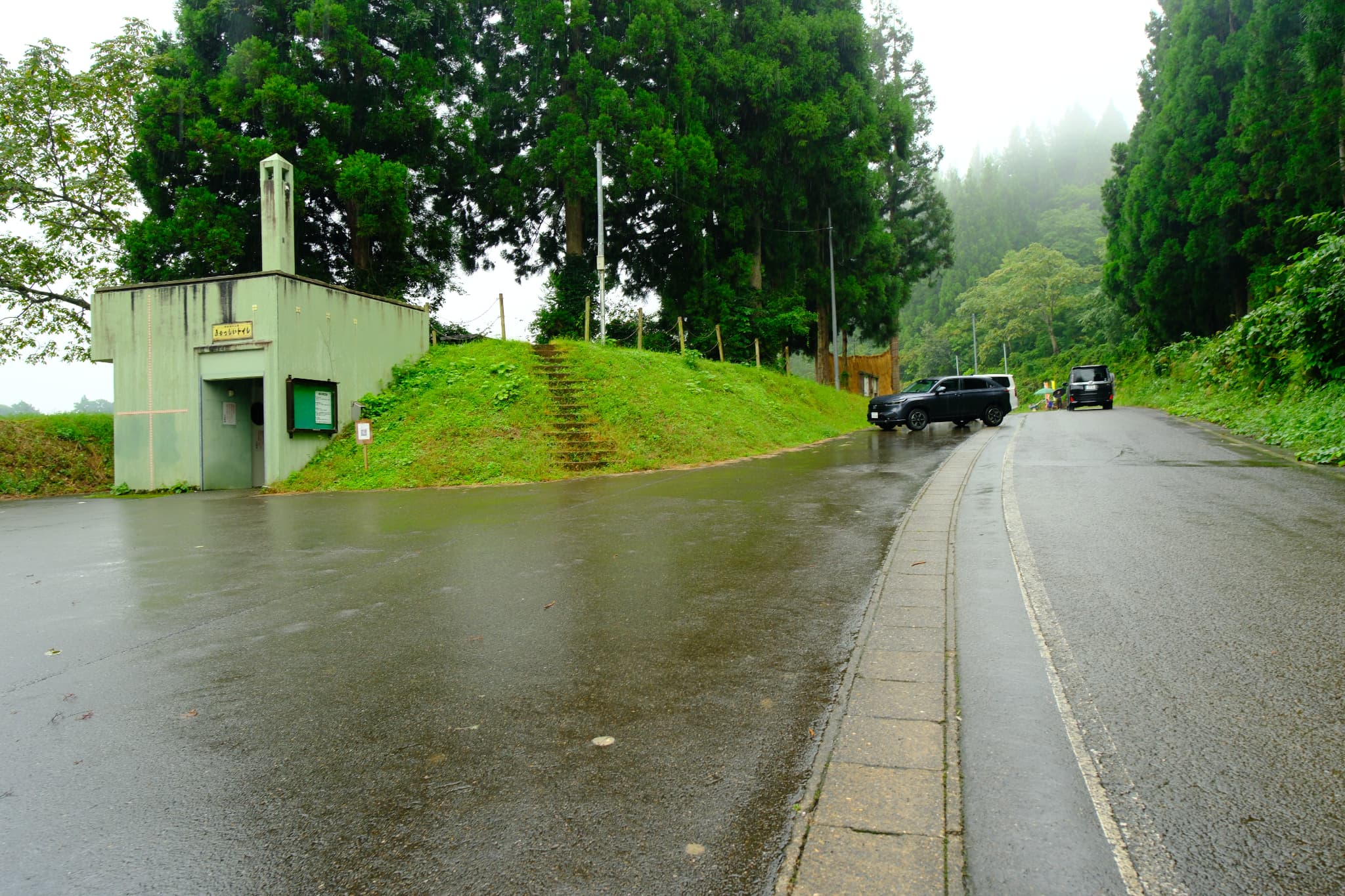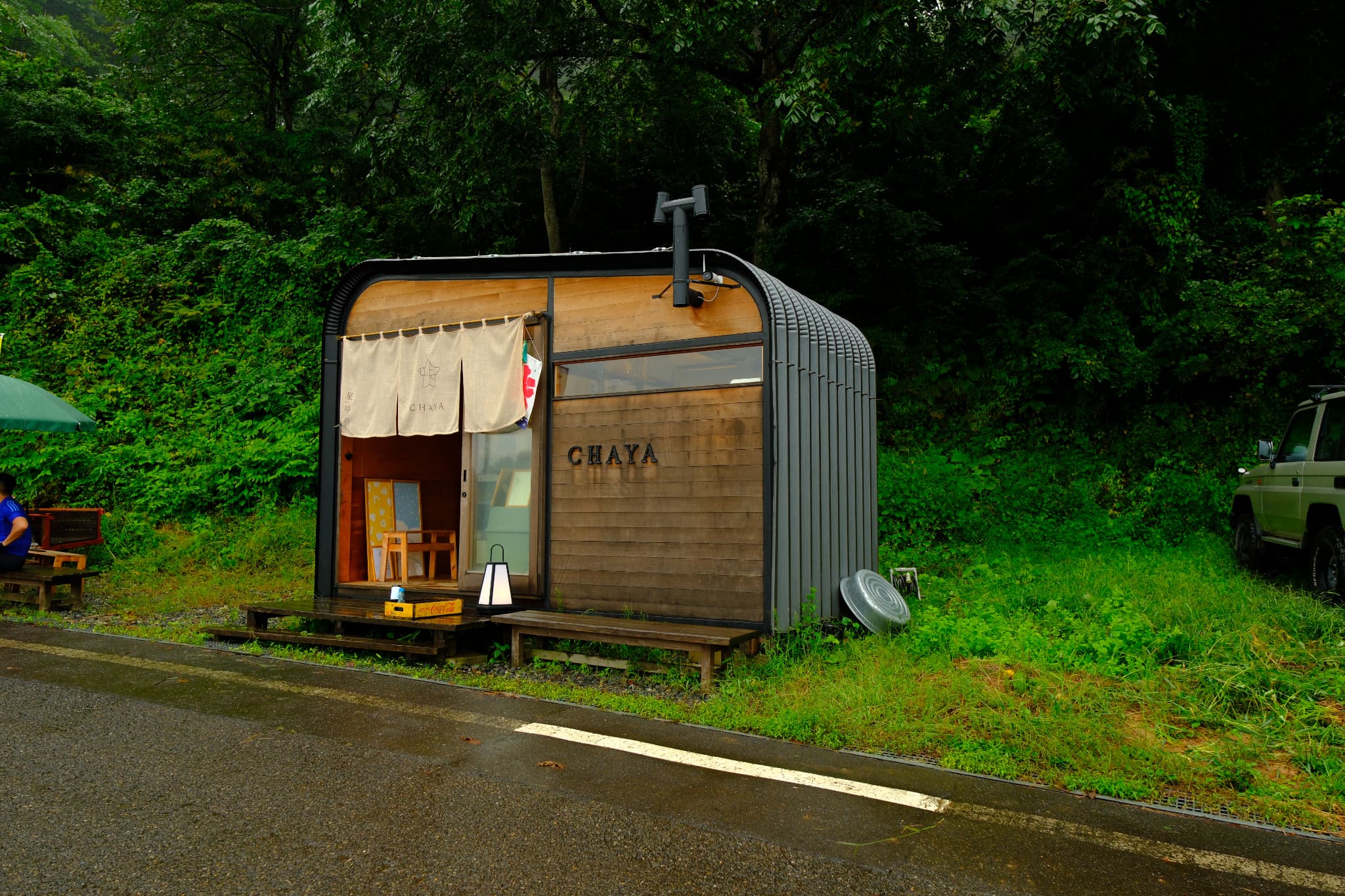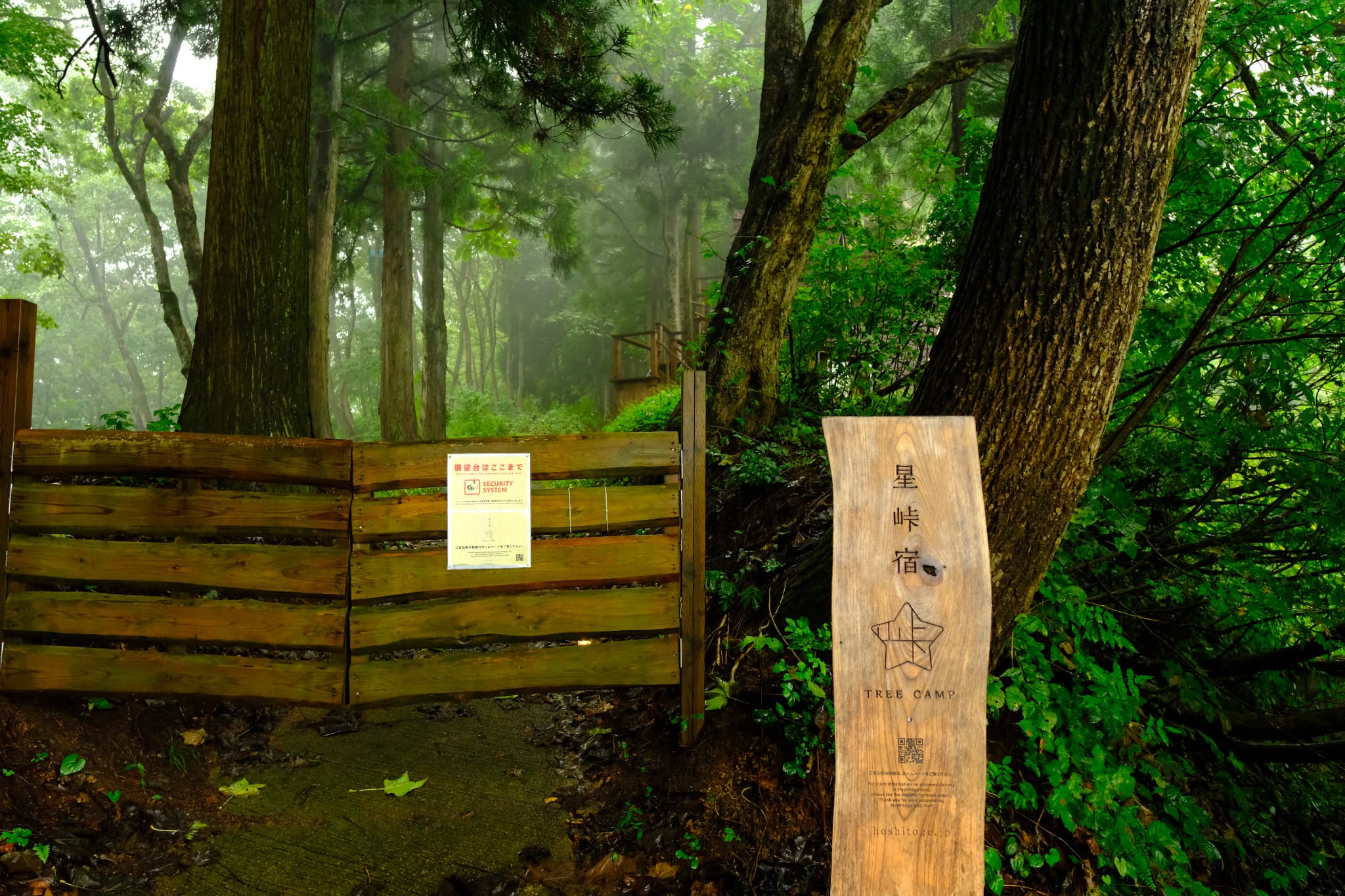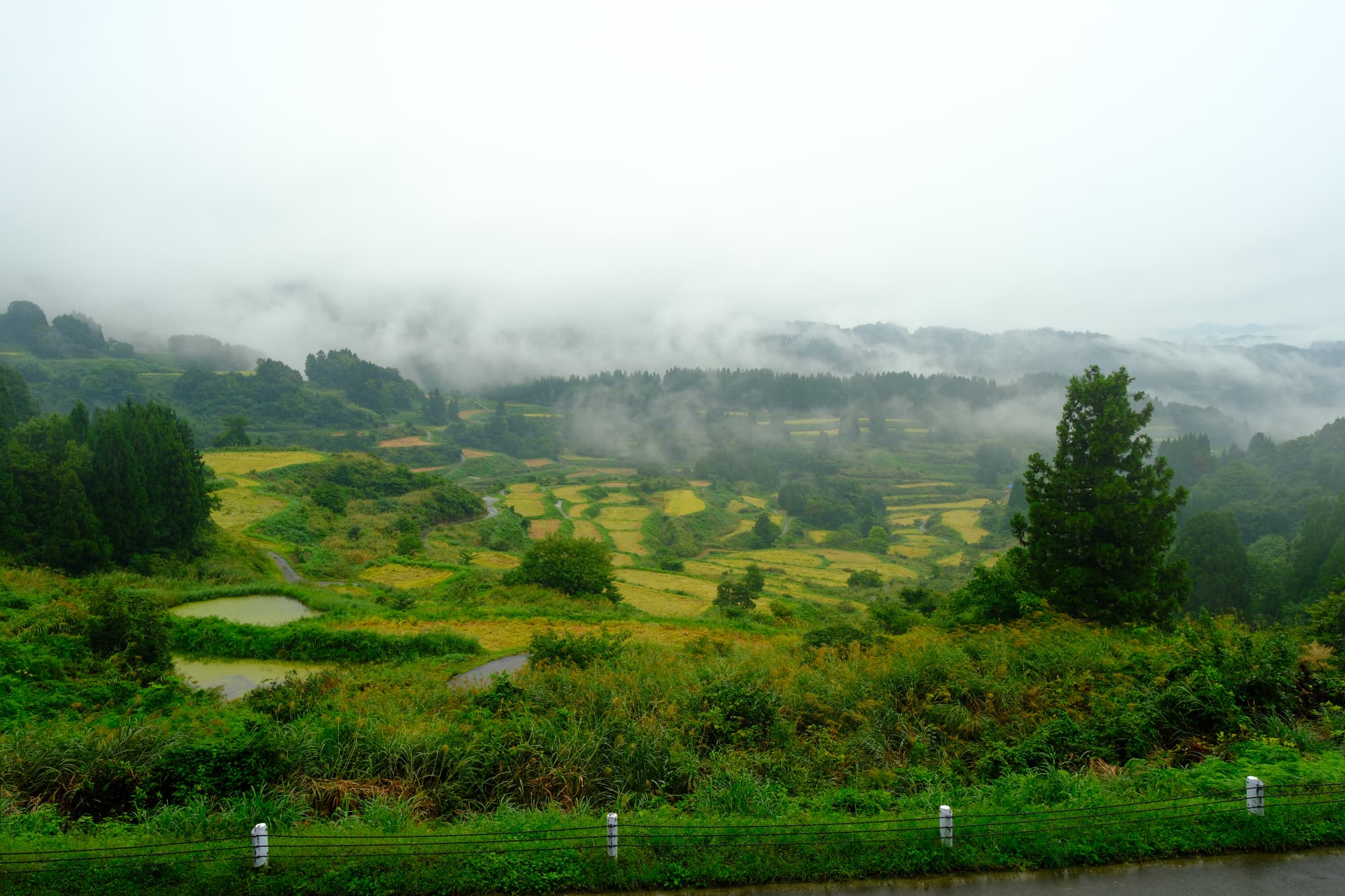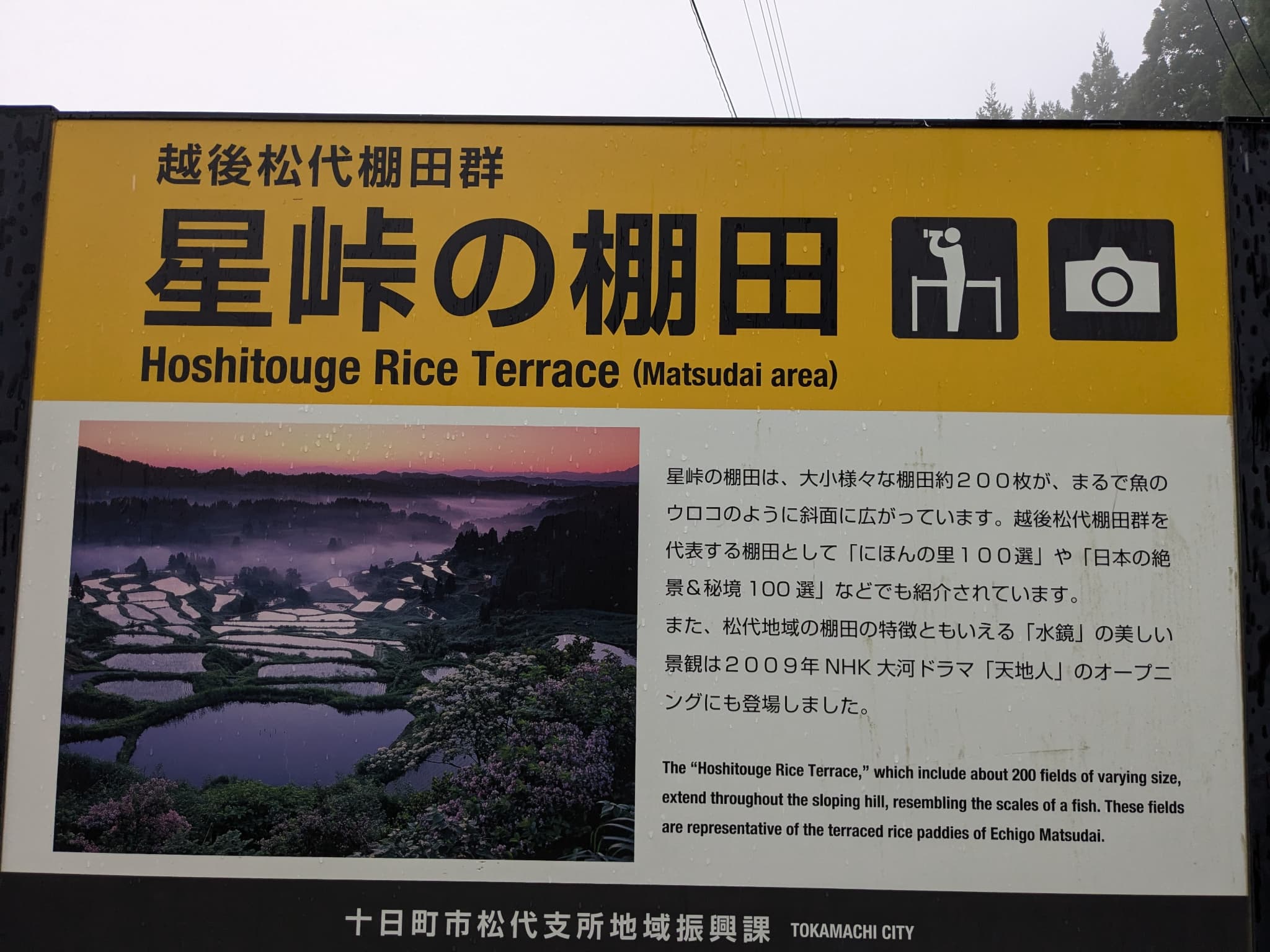Kiyotsu Gorge is one of Japan’s three great gorges. The other two are Kurobe Gorge in Toyama Prefecture and Osugidani Gorge in Mie Prefecture. Kiyotsu Gorge is a dynamic natural wonder that was formed 15 million years ago. It’s a place where you can truly feel the grandeur of nature. However, because the area is so wild, it’s not possible to walk directly through the gorge. After several accidents, the Kiyotsu Gorge Tunnel was constructed, allowing visitors to view the gorge safely via the tunnel, making it a popular tourist spot.
How to get there

Address: Koide, Tokamachi City, Niigata Prefecture (Google Maps)
Nearest Station: JR Joetsu Line, Echigo-Yuzawa Station
Route from the Nearest Station: From Echigo-Yuzawa Station, take a bus bound for Morimiyanohara Station and get off at the Kiyotsu Gorge Entrance (清津峡入口) bus stop. From there, it’s about a 30-minute walk.
We will guide you to the bus stop at Echigo-Yuzawa Station. Exit the station from the East Exit. You will see a large bus roundabout on your left and various bus stop signs straight ahead. Go straight to bus stop No. 4, which is for buses heading to Morimiyanohara Station. There is also a signboard, so it should be easy to find.
If you’re coming from Tokyo, take the Joetsu Shinkansen from Tokyo Station, and in about 1 hour and 20 minutes, you’ll arrive at Echigo-Yuzawa Station. Echigo-Yuzawa is a stop on the Joetsu Shinkansen, and it is located closer to Tokyo than Niigata Station, making it a quick trip by Shinkansen.
Costs:
- Tokyo Station to Echigo-Yuzawa: ¥6,790 (reserved seat on the Shinkansen)
- Echigo-Yuzawa Station to Kiyotsu Gorge Entrance: ¥550 by bus
※As of September 29, 2024.
History of Kiyotsu Gorge
Kiyotsu Gorge, a Natural Creation
Around 15 million years ago, what is now Kiyotsu Gorge was at the bottom of the sea, and immense natural forces began to shape the area. Frequent eruptions from underwater volcanoes deposited layers of volcanic ash on the ocean floor. Over time, chemical changes turned this ash green, creating a unique rock known as “green tuff.”
Seven million years ago, even greater changes occurred. Magma from beneath the Earth’s surface flowed into these underwater layers, forming diorite rock. As the magma cooled and solidified, it shrank, creating a striking pattern of columnar joints—pillars of rock shaped like hexagonal columns. Eventually, tectonic forces uplifted the ocean floor, turning it into land and forming mountains. Over millions of years, the Kiyotsu River carved into these rocks, gradually creating the deep gorge we see today—Kiyotsu Gorge.
The cliff faces of Kiyotsu Gorge are characterized by their columnar formations, which resemble bundled hexagonal pencils. These rocks, though extremely hard, are brittle and prone to crumbling.
The presence of hot springs in Kiyotsu Gorge has been known since the Genroku era (late 1600s), about 300 years ago. However, due to the harsh natural environment, development was long delayed. A turning point came in 1862, during the final years of the Edo period, when local residents successfully established a hot spring resort. From that moment, Kiyotsu Gorge began its history as a hot spring destination.
In recognition of its majestic beauty and unique columnar joint formations, Kiyotsu Gorge was designated a national scenic beauty spot and natural monument in 1941. In 1949, it was also incorporated into the Joshinetsu Kogen National Park, with further development of the hot spring town.
However, the history of Kiyotsu Gorge also includes challenges posed by nature. In 1984, a massive avalanche struck the area, devastating part of the hot spring town and resulting in many casualties. Then, in 1988, a rockfall occurred along the hiking trails by the Kiyotsu River, leading to the closure of the area. For a time, no one could safely enjoy the beauty of Kiyotsu Gorge.
Kiyotsu Gorge Tunnel
The construction of the Kiyotsu Gorge Tunnel was a process that overcame numerous challenges. In 1988, a rockfall accident led to the closure of the hiking trails in Kiyotsu Gorge, making it impossible for many tourists to safely enjoy the gorge’s beauty. The inability to see the unique columnar joints up close was a significant loss for both local residents and visitors, prompting the search for a safer way to appreciate the landscape.
Kiyotsu Gorge is not only a popular tourist destination but also a site of great importance for nature conservation, designated as a national park and natural monument. Therefore, careful attention was required during construction. It was essential to ensure the safety of tourists while also preserving the natural beauty of the gorge. Additionally, the columnar joint formations in the cliffs are fragile and prone to crumbling, making it challenging to reopen walking paths and creating safe facilities.
Moreover, large-scale construction of artificial structures within national parks is strictly regulated, necessitating environmentally considerate designs that do not detract from the landscape’s appearance.
Considering all these constraints, the conclusion was reached to construct a “gorge tunnel” that allows visitors to safely enjoy the beauty of the gorge while preserving the natural scenery. Instead of walking along the surface, visitors could see the columnar joints up close through the tunnel. The tunnel stretches approximately 750 meters and includes several observation points.
The most famous spot is the “Panorama Station,” which features a large glass window at its far end, framing the breathtaking view of the gorge like a painting. The water-covered floor reflects the surrounding scenery like a “water mirror,” creating a fantastical atmosphere.
The completion of this gorge tunnel symbolizes not only the construction of a tourist facility but also the harmony between nature and humanity. With the tunnel’s opening in 1996, many people could once again visit Kiyotsu Gorge and enjoy its beauty. This tunnel, born out of a desire to respect the harshness and beauty of nature while ensuring safe enjoyment, plays a crucial role in the history of Kiyotsu Gorge.
What is inside the Kiyotsu Gorge Tunnel?
**Note: This article contains information as of September 21, 2024. **

